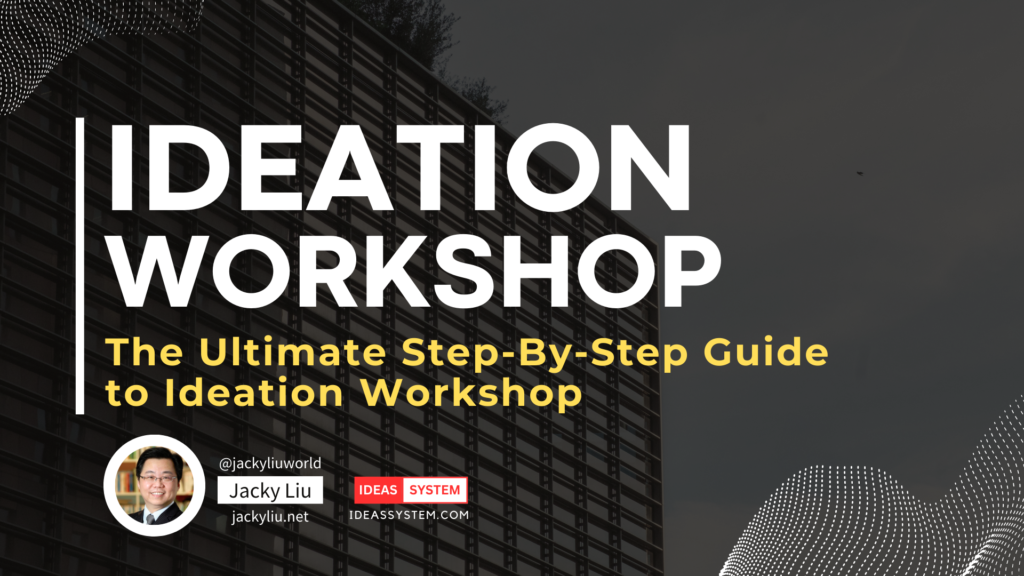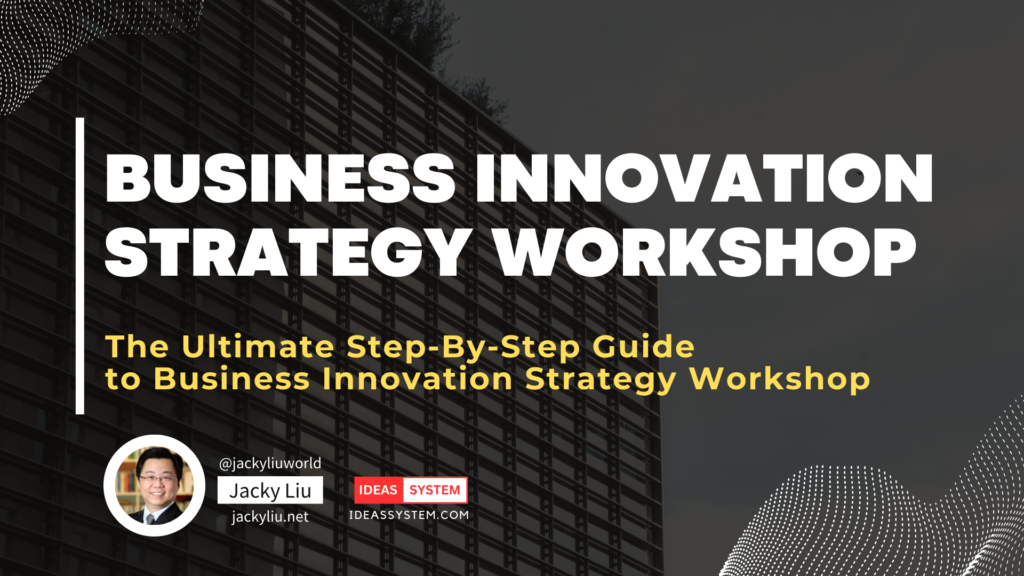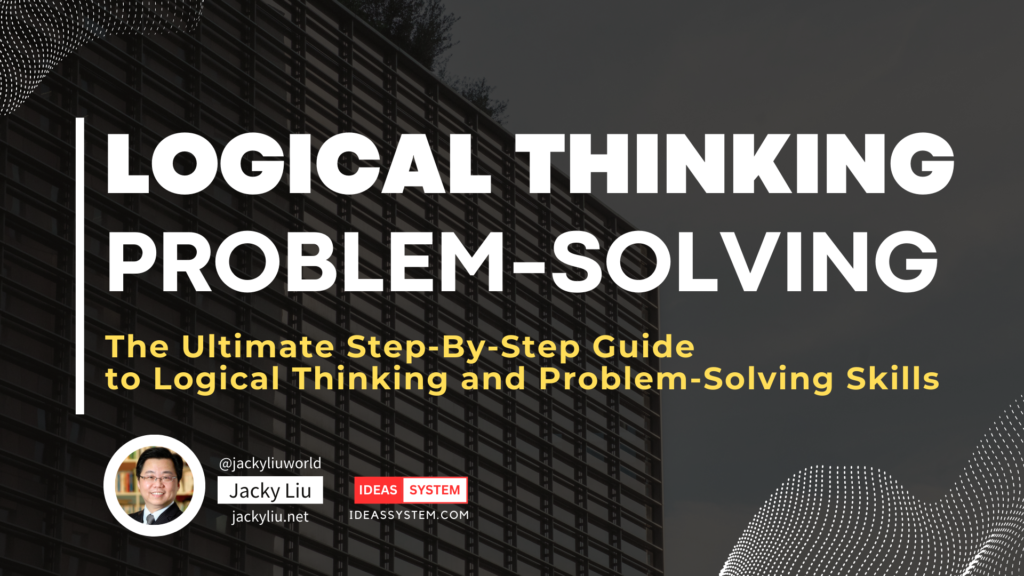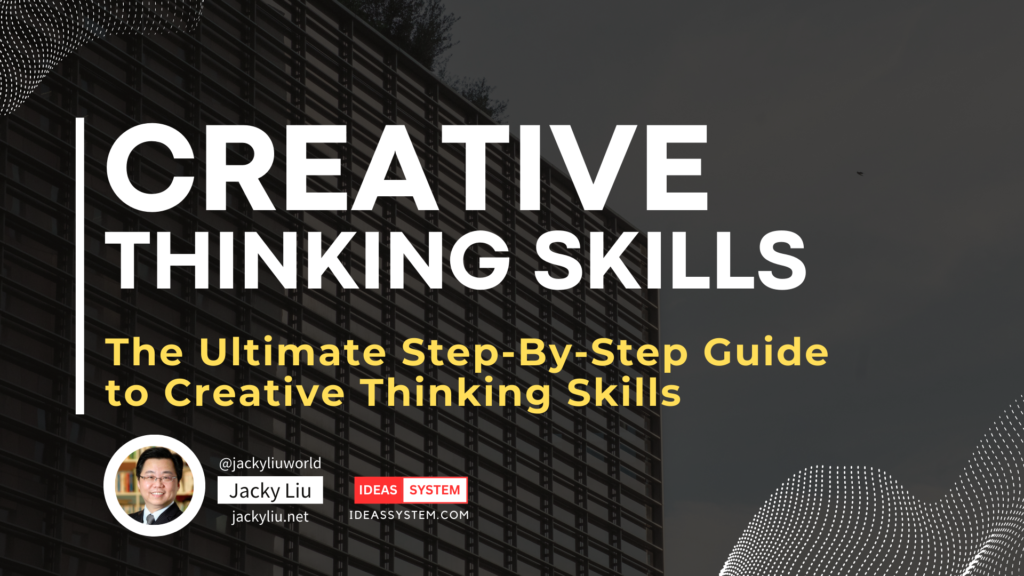Introduction
Ever found yourself stuck in a creative rut, with ideas refusing to flow? Fear not, because the ideation workshop is here to save the day! In this article, we will take you through a comprehensive, step-by-step guide on how to conduct a successful ideation workshop. Let’s dive right in.
What is an Ideation Workshop?
An ideation workshop is a structured, collaborative session designed to generate, develop, and prioritize innovative ideas to solve problems or capitalize on opportunities. It brings together a diverse group of participants and leverages various creative techniques to facilitate the free flow of ideas.
The Importance of Ideation Workshops
Ideation workshops are crucial for organizations, teams, and individuals looking to foster a culture of innovation, tackle complex challenges, and unlock new growth opportunities. They help in breaking down barriers, encouraging collaboration, and ensuring diverse perspectives are considered.
Step 1: Define the Workshop Objective
Before planning an ideation workshop, it’s essential to:
1. Setting Clear Goals
Define the specific goals and desired outcomes of the workshop. This will help provide focus and direction, ensuring participants stay on track throughout the session.
2. Identifying the Target Audience
Determine the target audience for the ideas generated during the workshop. This will influence the workshop content, participants, and ideation techniques.
Step 2: Assemble the Right Team
When forming your ideation workshop team, consider:
1. Diverse Skill Sets
Include participants with various backgrounds and skill sets to bring fresh perspectives and spark creativity.
2. Creativity and Open-mindedness
Select individuals who demonstrate creativity, adaptability, and a willingness to think outside the box.
Step 3: Prepare the Workshop Space
To create an environment conducive to creativity, consider:
1. Physical Space
Choose a comfortable, well-lit space with flexible seating arrangements and ample wall space for displaying ideas.
2. Virtual Space
For remote workshops, use a virtual collaboration platform that allows for real-time interaction, idea sharing, and documentation.
Step 4: Establish the Agenda
Create a clear agenda that outlines the workshop’s structure, timing, and activities. Ensure there’s a balance between presentation, discussion, and hands-on activities to keep participants engaged.
Step 5: Ideation Techniques
To encourage the generation of ideas, utilize various ideation techniques such as:
1. Brainstorming
This classic technique involves participants sharing ideas verbally, with the goal of generating as many ideas as possible without judgment or evaluation.
2. Brainwriting
Similar to brainstorming, but participants write down their ideas instead of speaking them aloud. This allows for more individual reflection and equal participation.
3. Mind Mapping
A visual method for organizing and connecting ideas using branches, keywords, and images to represent relationships between concepts.
4. The Six Thinking Hats
This technique assigns different “hats” or perspectives to participants (e.g., optimistic, critical, creative), allowing them to approach the problem from multiple angles.
Step 6: Encourage Collaboration and Participation
Promote an open, inclusive environment where everyone feels comfortable sharing their ideas. Establish ground rules, such as “no idea is a bad idea,” to prevent judgment or criticism.
Step 7: Capture and Document Ideas
Record all ideas generated during the workshop, whether on a whiteboard, sticky notes, or a digital platform. This ensures no idea is lost and provides a valuable resource for future reference.
Step 8: Evaluate and Prioritize Ideas
After the ideation session, review and assess the ideas based on predefined criteria, such as feasibility, impact, and alignment with objectives. Prioritize the most promising ideas for further development.
Step 9: Develop Action Plans
Create detailed action plans for the top ideas, including tasks, timelines, and responsibilities. This will ensure a clear roadmap for implementation.
Step 10: Follow-up and Implementation
Monitor the progress of the action plans, provide support as needed, and celebrate the successful implementation of the ideas.
Conclusion
An ideation workshop can be a powerful tool for unleashing creativity and innovation within your organization or team. By following this step-by-step guide, you can create a successful workshop that generates valuable ideas and fosters a culture of collaboration and innovation.
FAQs
How long should an ideation workshop last?
The duration of an ideation workshop can vary depending on the complexity of the problem and the number of participants. Typically, a workshop lasts anywhere from 2 hours to a full day.
How can I encourage quieter participants to share their ideas?
Techniques like brainwriting and smaller group discussions can help introverted participants feel more comfortable sharing their ideas.
What should I do with ideas that don’t make the priority list?
Keep a record of all ideas generated during the workshop, as they may prove valuable in the future or spark new ideas in subsequent sessions.
How do I measure the success of an ideation workshop?
Success can be measured by the number of ideas generated, the quality of the ideas, participant engagement, and the eventual implementation and impact of the prioritized ideas.
Can ideation workshops be conducted remotely?
Yes, with the help of virtual collaboration platforms and tools, ideation workshops can be effectively conducted remotely.




